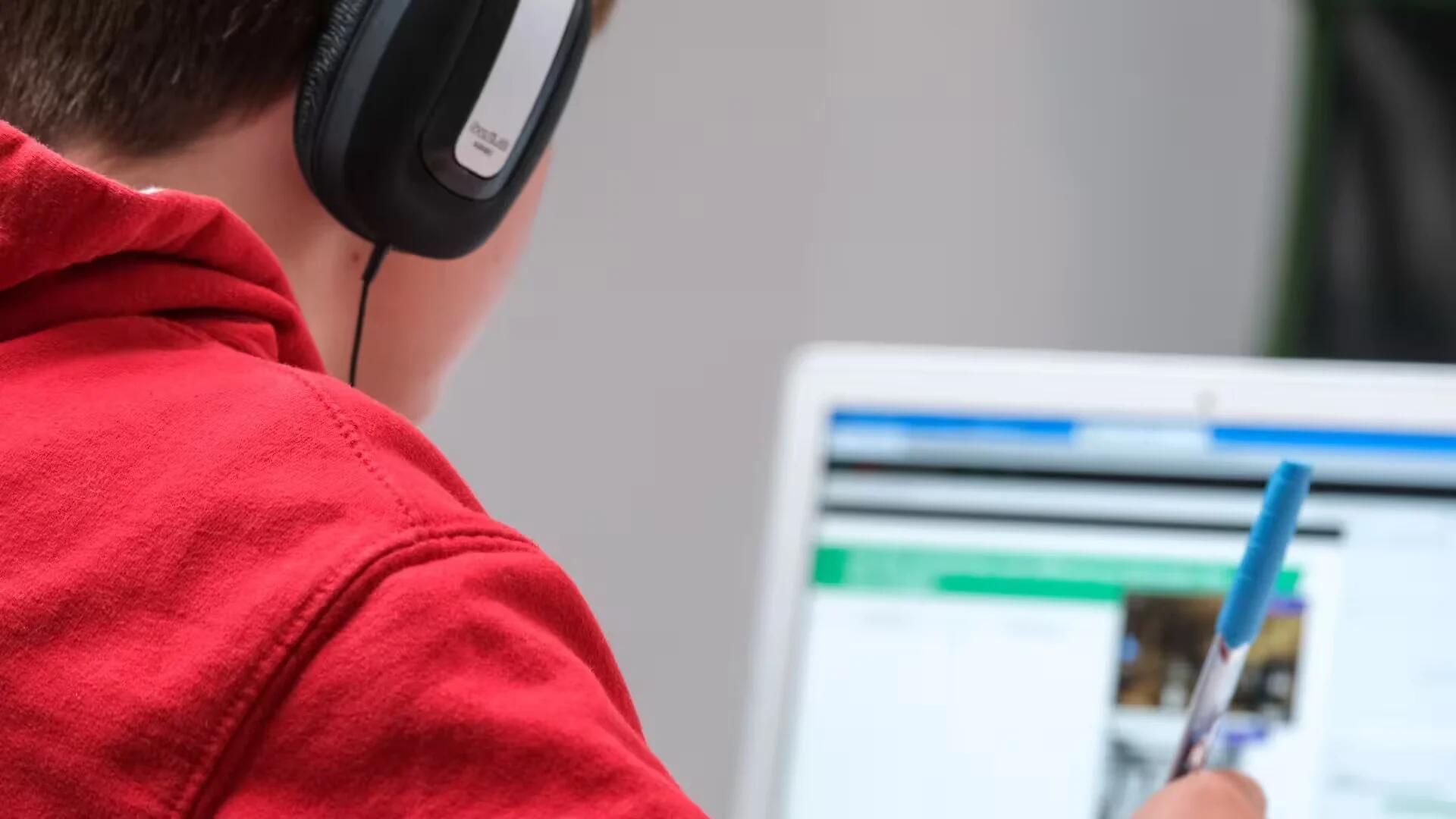We do not need to go far to see how technology is changing the world. We rely on technology in every aspect of our lives, personal or professional. It has changed how we interact with people and receive services or seek information. In fact, the latter has taken the biggest transformation of all. Suddenly, people became connected worldwide with the Internet. Now, we can retrieve all kinds of information online, impacting how we view education and how we attain knowledge.
Of course, such changes have also affected schools and systems of education worldwide. Over the past couple of decades, education has been slowly changing due to the weight of technological progress. However, it appears that those changes are reaching their current pike now. Classrooms are not as they used to be, and it is worth learning why. So, let us see how technology has changed education and where it is leading us now.
Access to information
As mentioned above, the Internet has opened up a whole new world of information available to people from any corner of the world. One just needs a gadget with an Internet connection to obtain any knowledge in the world. It is a truly revolutionary method of accessing information. In the past, students had to learn how to search for books and data in libraries and physically attain the storage of data while also being limited in time access and the libraries’ storage capacity and budgets.
Of course, these issues no longer exist in the modern day. Moreover, such a change has impacted how we teach and learn. For instance, educators can find learning materials online for free. Thus, they can diversify classes and enhance their interactivity or engagement. Learners can access any information at any place, encouraging them to stay curious and active in their search. Plus, learners are not limited by any institutions which provide them with knowledge. Now, any student can seek the truth for themselves and compare multiple sources of information online. For instance, one can read writepaperfor.me review when seeking alternative ways of finding new, reliable information online.
Online learning
Online learning is an entirely new form of education. It became accessible only recently, yet it has already revolutionized the way we approach learning. Now, all students have the option to learn remotely without the need to attend classes. Still, such a form of learning does not appear inferior to traditional education, since students receive the same level of knowledge via online classes. Numerous communication platforms and cloud services make it possible to study online, collaborate with other students, access any digital textbook or other sources, receive real-time feedback, and much more.
Online classes offer higher flexibility to students and teachers, allowing them to choose the most affordable and convenient option. In addition, online learning comes with lower costs for students and educational institutions. The latter can save on facilities, resources, and other provisions necessary for schooling hundreds of students. Learners save money by paying reduced tuition fees, commuting or renting, and campus expenses.
Enhanced interactivity
Technology is capable of creating more engaging, interactive, and fun experiences. Its quality fits perfectly with the needs of modern classrooms. First, modern students, even as young as first-graders, are already used to instant entertainment and constant access to media and social interactions online. Such a concept developed a shorter attention span and difficulties with focus.
At the same time, students always learn better when they are happier, relaxed, and highly engaged in the processes. Enhanced interactivity in a classroom creates better chances of improved learning, better focus, and high retention. Educators can achieve interactivity with various forms of media or software like Augmented Reality (AR) or Virtual Reality (VR). For example, AR technology is widely available, affordable, and can interactively demonstrate concepts and ideas.
Personalization
Personalization of the learning process is a big trend these days. People can study better when understanding their learning strengths and weaknesses. Modern technology can analyze students’ results and learning process and provide them with instant feedback on their progress. It can analyze one’s work and provide suggestions for improvements.
Overall, each person studies differently and at their pace and style. Teachers cannot pay equal attention to all their students, while data analytics technology, Machine Learning, or adaptive learning software can scan one’s performance and provide each student with personalized recommendations. Such feedback helps adjust the complexity levels, pace, course materials, and other study processes to improve students’ academic performance.
Bottom line
Technological progress is rapidly transforming the system of education as we know it. However, this system has never existed. It has always responded to the changes of its time and adapted to the new social environment. The current society relies on technology in most professional fields. It means that younger generations should enter the labor market ready to face, operate, and interact with the given technological progress. Thus, how we teach children and college students should always respond to the expectations of their life after school. In addition, the main purpose of technology is to improve the work process, which has been successfully achieved in modern classrooms.
